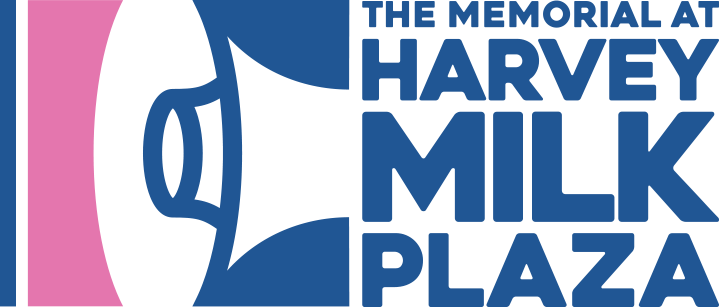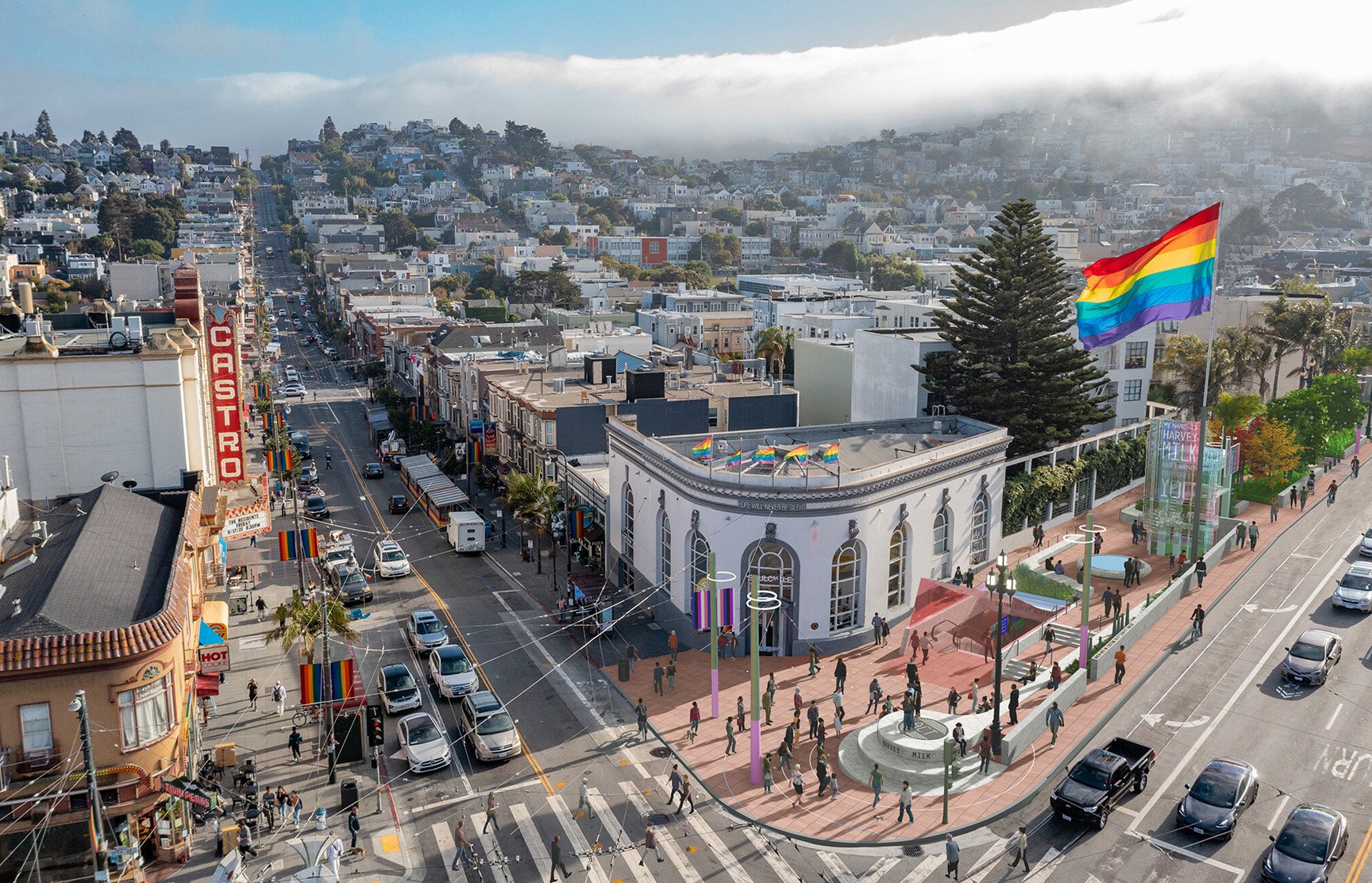About Harvey Milk
Harvey Milk was an activist. He was Jewish, born and raised in New York, and along with many thousands of other gay men and women, emigrated to the Castro in the 1970s. He and his lover opened Castro Camera at 575 Castro Street. By way of his gregarious personality and sense of humor, he quickly became a popular figure in the community and became known as the “Mayor of Castro Street”. He was a community organizer and advocated for greater inclusivity for all marginalized people who were not provided a seat at the tables of influence. Eventually, Harvey was elected to the Board of Supervisors in 1978 and while serving, he was assassinated at his office inside S.F. City Hall for who he was and what he stood for. Also assassinated that day was Mayor George Moscone, a progressive politician who was an ally to those same marginalized people often turned away by others.
About the Project
For over 25 years, the community has sought to reimagine Harvey Milk Plaza as a welcoming, vibrant space that honors Harvey's life and legacy, celebrates his enduring importance to the LGBTQ+ community, and inspires all by acting as a beacon of hope to marginalized communities worldwide. The Friends of Harvey Milk Plaza formed in 2016 to lead the effort to realize this vision.
In ten community meetings lead by The Friends of Harvey Milk Plaza in January 2017 – June 2021, The Friends of Harvey Milk Plaza gathered input from the community about their hopes and aspirations for the new Harvey Milk Plaza. Not surprisingly, the feedback collected was aligned with feedback collected as far back as 1997, and could be summarized into four main categories:
01.
–
Honor Harvey Milk
Harvey Milk Plaza should be a meaningful and inspirational space that honors Harvey’s legacy and his messages of greater inclusivity and hope.
02.
–
Gathering Space
The space should accommodate groups of various sizes so that the space can become better integrated into the Castro neighborhood.
03.
–
Safety & Security
The code compliance issues and other design-related problems at the site should be addressed so that all feel safe and secure while there.
04.
–
Increase Accessibility
The space and transit functions at the site should be designed to be accommodating and easily accessed by all.












